San Francisco’s Chinatown has a common heart — a shared sense of identity shaped by events and people over its 150-plus-year history. This close-knit community is known for its long-time and new immigrant residents, loyal business owners, deeply-rooted social institutions, and a cultural impact that extends far beyond its physical boundaries.
Sustainable Chinatown aims to protect the elements that make the neighborhood unique while addressing its most serious challenges. Some of the key challenges and opportunities include:
IMMIGRANT GATEWAY
The neighborhood has one of the lowest median incomes in the City, and is home to thousands of seniors, immigrants, and non-English speakers. In this dense area, residents can access over 700 small businesses and dozens of nonprofits, social services, and cultural organizations that provide a vital lifeline for this vulnerable population.
GENTRIFICATION & OVERCROWDED, UNHEALTHY HOUSING
About half of Chinatown housing units are in Single Room Occupancy (SRO) hotels – a naturally affordable housing source, but one that is increasingly threatened by gentrification and years of deferred building maintenance. One-fifth of residents live in overcrowded conditions (4x the City average) and rates of residential health and safety violations are double that of other neighborhoods. Meanwhile, rents have increased significantly in the areas immediately abutting Chinatown at the same time that low-income and Asian households declined, suggesting increased real estate pressures in Chinatown.
"GREEN BY NECESSITY"
In general, Chinatown inhabitants must live frugally to stay within their limited budgets, and have a smaller environmental footprint than residents elsewhere. Residents live in dense housing, purchase fewer items, use less energy, emit less greenhouse gasses, and walk and ride transit instead of driving.
CLIMATE CHANGE & OTHER ENVIRONMENTAL THREATS
Climate change will disproportionately burden Chinatown’s most vulnerable populations – especially children and seniors. In addition, the neighborhood faces a variety of environmental challenges including inefficient buildings, high water use, and a lack of trees, open space and permeable surfaces. The San Francisco Department of Public Health rated Chinatown last in its community resilience ranking of neighborhoods impacted by climate change.
NEW INFRASTRUCTURE OPPORTUNITIES
Planned investments, including the completion of the Central Subway, park renovations (including Portsmouth Square and Willie Woo Woo Wong Playground), streetscape and alleyway projects, and the rehabilitation of the Ping Yuen housing developments offer a once-in-a-generation opportunity to improve the quality of life in Chinatown. These investments must be leveraged to ensure that they achieve community priorities and be paired with appropriate neighborhood stabilization strategies.
Next » Read more about Sustainable Chinatown's mission and work.




